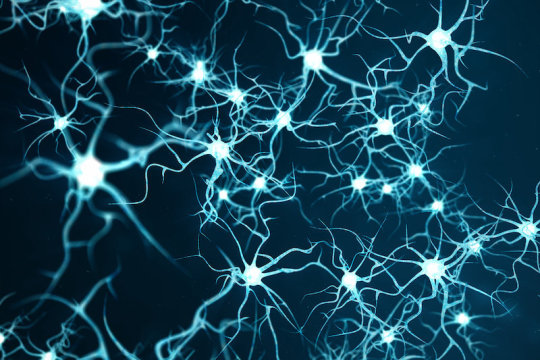HOME
How brain cells repair their DNA reveals 'hot spots' of aging and disease

Neurons lack the ability to replicate their DNA, so they're constantly working to repair damage to their genome. A new study finds that these repairs are not random, but instead focus on protecting certain genetic 'hot spots' that appear to play a critical role in neural identity and function.
The findings, published in the April 2, 2021, issue of Science, give novel insights into the genetic structures involved in aging and neurodegeneration, and could point to the development of potential new therapies for diseases such Alzheimer's, Parkinson's and other age-related dementia disorders.
"This research shows for the first time that there are sections of genome that neurons prioritize when it comes to repair," says Professor and Salk President Rusty Gage, the paper's co-corresponding author. "We're excited about the potential of these findings to change the way we view many age-related diseases of the nervous system and potentially explore DNA repair as a therapeutic approach."
Unlike other cells, neurons generally don't replace themselves over time, making them among the longest-living cells in the human body. Their longevity makes it even more important that they repair lesions in their DNA as they age, in order to maintain their function over the decades of a human life span. As they get older, neurons' ability to make these genetic repairs declines, which could explain why people develop age-related neurodegenerative diseases like Alzheimer's and Parkinson's.
News Source